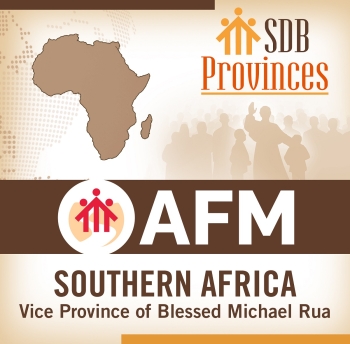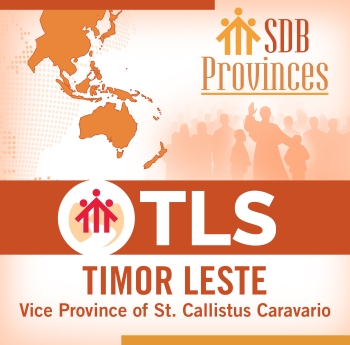(ANS – Rome) – In the late 1970s then Archbishop Mgr. Virgil Copas MSC, had invited the Salesians in Australia to come and open a presence to his diocese in Kerema. The response to his insistent request was negative because the Australian province had just accepted as the missionary responsibility to start a work in Samoa. Archbishop Copas, through the Apostolic Nuncio His Excellency Most Rev. Gino Paro, had sent an invitation to Fr. Egidio Viganò for the Salesians to start a Salesian presence in Kerema. Fr. Viganò in turn, eventually asked the Philippine North Province (FIN) to take Papua New Guinea as its missionary responsibility.
(ANS – Rome) – The “Project Africa” was launched during the 21st General Chapter in 1978, marking a significant step in intensifying Salesian missionary efforts across Africa. The Salesians of Don Bosco first arrived in Zambia on Tuesday, October 12, 1982.
(ANS – Rome) – The Salesian Province of "Saint Pius X," also known as the Salesian Province of Southern Brazil, was founded in August 1958, initially as a Salesian Vice-Province. Its official establishment was confirmed in the following months, with Fr. Alfredo Bortolini as its first Superior and its headquarters set up at the "Colégio Dom Bosco" in Rio do Sul, in the State of Santa Catarina.
(ANS – Rome) – The first 5 Salesians arrived to Cape Town (South Africa) in 1896, as part of Great Britain Province and the ‘Salesian Institute’ (AFM motherhouse) is serving until now as the Youth in Need education venue for past 129 years. Until the canonical erection of Blessed Michael Rua vice province in 1988, Southern Africa was part of GBR province until 1972 (delegation since 1957) and since 1972 as part of IRL province (Ireland-Malta-South Africa).
(ANS – Rome) – The Salesian presence in East Timor has been deeply rooted for nearly a century, accompanying the local population through the nation’s turbulent and often painful history. The Vice-Province has established itself as a vital force in education, formation, evangelization, and community development through schools, parishes, vocational and agricultural training centers, and social initiatives.
(ANS – Rome) – At the request of the then Bishop of Cuiabá, Mons. Carlos D’Amour, the first group of Salesians arrived in Cuiabá, the capital of Mato Grosso, on June 18, 1894. This group was led by the future bishop Luigi Lasagna and consisted of five young missionaries: Fr. Antonio Malan, Fr. Arturo Castells, Fr. Giuseppe Solari, cleric Agostino Colli, and coadjutor Br. Jean Ruffier.






